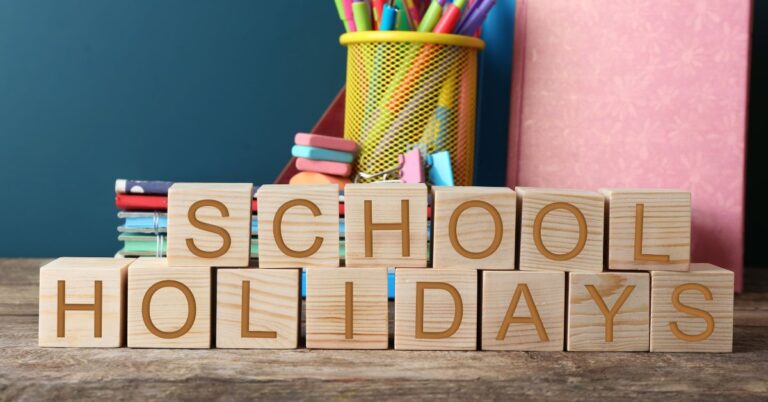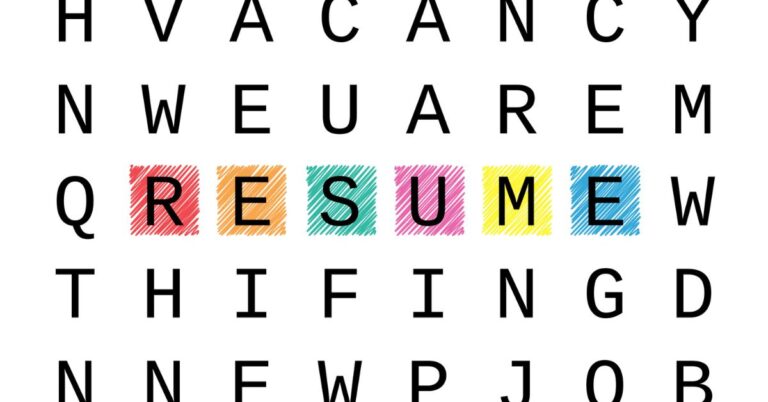14 Reading Comprehension Strategies
Weak readers struggle in all academic areas. For this reason, incorporating reading comprehension strategies into instruction across the content areas helps middle school and high school students improve their reading comprehension and academic performance across all areas of the secondary school setting.
We live in a text-rich world, bombarded by information 24/7. For this reason, poor reading comprehension can have far-reaching and long-lasting effects on our students’ academic, personal, and professional lives.
For these reasons, we teachers want to provide our students with the support and instruction they need to improve their reading comprehension strategies and develop the type of strong reading skills that will enable them to thrive in both a secondary school setting and in the real world.
Table of Contents
What strategies can improve reading comprehension?
As with so many other things, strong readers take reading comprehension for granted and don’t think much about the reading process until something goes wrong.
Below are some strategies that skilled readers do automatically that you can use with your students:
- Previewing the text by looking at the title, headings, and subheadings to get an idea of what the text is about
- Making connections to prior knowledge, experiences, and other texts
- Actively engaging with the text by asking questions, making predictions, and summarizing information
- Using context clues and word analysis to understand unknown words and phrases
- Taking notes or highlighting important information
- Reflecting on the text after reading to solidify understanding and recall
What is the most effective comprehension strategy?
Because different reading comprehension strategies may work better for different students and with different types of texts, it’s not possible to say which reading comprehension strategy is the most effective.
However, research suggests that when we teach our students strategies to help them engage with texts, such as by asking questions, making predictions, and summarizing information, our students’ reading comprehension will improve.
Additionally, students’ reading comprehension skills will improve when we teach them how to activate their schema, the mechanism by which readers access what they know and match it to the information in a text.
Reading for pleasure vs. reading for information
The process of reading for pleasure differs from the process of reading for information. Skilled readers know how to adjust their reading processes according to the reading task and automatically adjust their reading without thinking much about what they are doing.
Conversely, reading for information typically involves a more focused, analytical approach in which the reader actively seeks specific knowledge or some other type of understanding. Reading for information often involves skimming and scanning the text, as well as strategies to help the reader understand and retain important information.
The process of reading for information
When students read for information, they need to use reading comprehension strategies that will enable them to identify and extract the relevant information quickly and efficiently.
Reading comprehension strategies to use when reading for information include the following:
- Skimming, or quickly scanning the text to get a general idea of its content and structure
- Scanning, which involves looking for specific information in the text such as key words or phrases
- Previewing. Before reading, looking over the headings, subheadings, figures, tables, and summaries can give the reader a sense of the text’s structure and main ideas.
- Note-taking while reading can help students organize and summarize the information, making it easier to review and remember later.
- Highlighting or underlining helps students identify important information or key concepts in the text. Also, highlighting or underlining can help to focus their attention and aid in reading comprehension and retention.
- Reflecting, or taking some time to think about what has been read, helps student readers retain the information they have read and incorporate the new information into their existing schema.
The process of reading for pleasure
In contrast, reading for pleasure is generally more leisurely and immersive and less goal-oriented. The reader may be more likely to read the text in its entirety and may focus more on enjoying the story or experiencing the emotions evoked by the text.
Getting lost in the story and living vicariously by becoming fully engrossed in the world created by the author can enhance the pleasure of reading as well.
As with the process of reading for information, some student readers may benefit from taking notes or underlining passages while they are reading. For many student readers, interacting with the text as well as doing related writing, such as a reader’s response journal, helps them to stay engaged and remember details of the story.
How do you teach reading comprehension strategies?
Because students who struggle with reading comprehension need to learn to use the reading strategies that skilled readers use automatically, the “I Do, We Do, You Do” teaching method works well for teaching reading comprehension strategies.
The “I Do, We Do, You Do” teaching method is a three-step process for teaching a new skill or concept.
- In the first step (I Do), the teacher models the skill or concept.
- In the second step (We Do), the teacher and students work on the skill or concept together.
- In the final step (You Do), the students work independently on the skill or concept.
The idea is that the students will have a better understanding of the skill or concept after watching the teacher model it, practicing it together with the teacher, and then practicing it on their own.
For this reason, the “I Do, We Do, You Do” method works well for teaching reading comprehension strategies.
Conclusion

Our students need strong reading comprehension skills in order to do well in middle school and high school as well as to thrive in the text-saturated environment world of the 21st century.
Incorporating reading comprehension strategies into our instruction across the content areas is one simple step teachers can take that will help their middle school and high school students improve their reading comprehension skills as well as their academic performance across all areas of the secondary school environment.
Before you go…
Before you go, be sure to join the community so you won’t miss any new teacher-centered content!
Also, check out some of the other teacher-focused articles that include prom planning tips, tips about National Board Teacher Certification, and ways to help ADHD students in the classroom!







